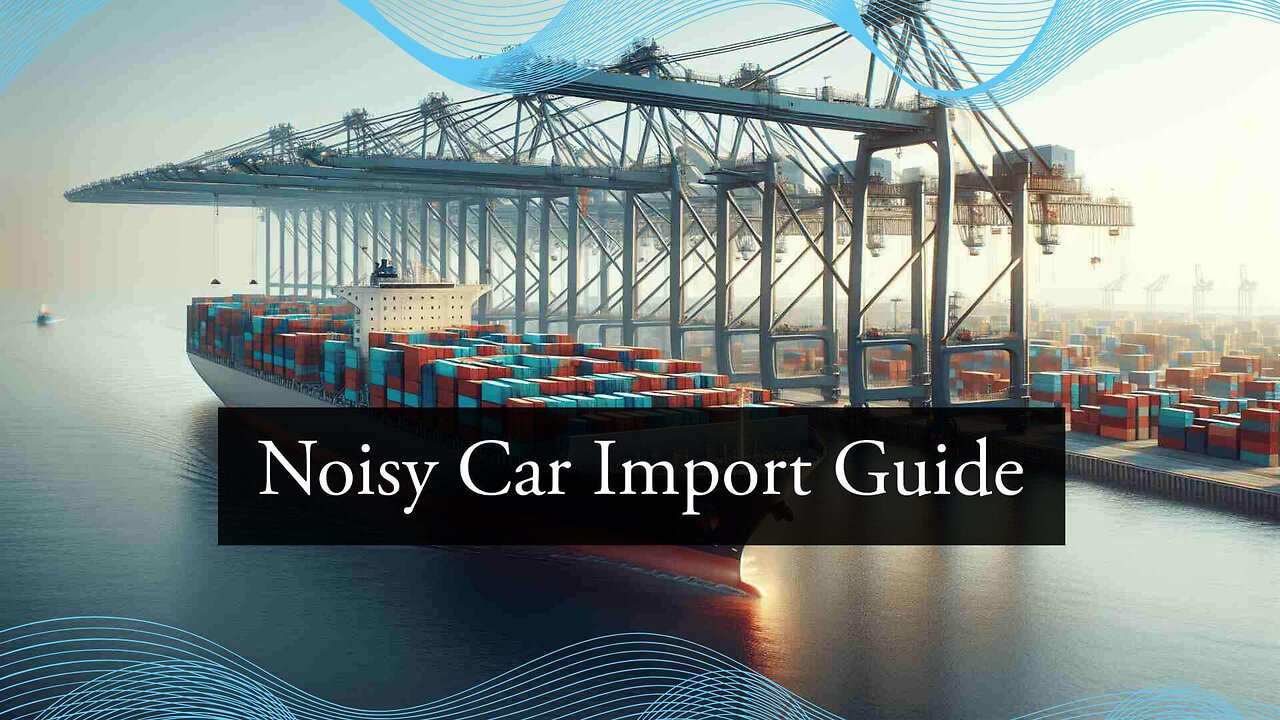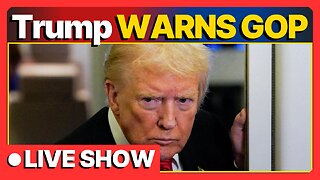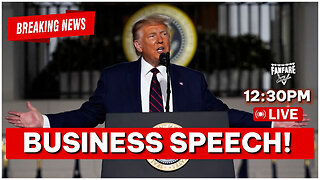Premium Only Content

Mastering the Process: Importing a Car with a Non-Compliant Noise System
ISF Checklist || 805-970-7918 || [email protected] || www.isfchecklist.com
Importing a car with a non-compliant noise system can be a complex process that requires careful planning and adherence to specific regulations set by the United States Customs and Border Protection (CBP). To navigate this process successfully, it is advisable to work with a licensed customs broker who has expertise in customs regulations and can guide you through the necessary steps.
The first step in importing a car with a non-compliant noise system is to work closely with a customs broker to determine the classification and value of the vehicle, as well as any additional requirements that may apply. The customs broker will assist you in completing a customs declaration form, which includes detailed information about the vehicle, such as its make, model, year of manufacture, and vehicle identification number (VIN). This form will also require you to indicate if any modifications have been made to the vehicle, including the noise system.
Furthermore, an Importer Security Filing (ISF) form must be filed at least 24 hours prior to the car's shipment departure. The ISF requires the importer to provide information about the goods being shipped, such as the manufacturer, supplier, country of origin, and other relevant details. This filing is crucial in ensuring that proper security measures are in place.
Importing a car with a non-compliant noise system also requires a customs bond. This bond serves as a financial guarantee to the CBP, ensuring that all duties, taxes, and fees associated with the importation of the vehicle will be paid. It provides necessary protection for both the importer and the government.
Once the necessary paperwork has been completed and submitted, the vehicle will undergo a thorough inspection by the CBP. This inspection is carried out to ensure that the vehicle complies with safety and emissions standards set forth by the Environmental Protection Agency (EPA) and the Department of Transportation (DOT).
If the noise system is found to be non-compliant, the vehicle may be subject to further testing or modifications to meet the required standards. It is important to thoroughly research the noise regulations and consider potential expenses before importing a vehicle with a non-compliant noise system.
Once the vehicle has passed inspection and any necessary modifications have been made, the importer will receive a compliance certificate confirming that the vehicle meets all applicable noise standards and is eligible for entry into the United States.
In conclusion, importing a car with a non-compliant noise system involves several steps and regulations. Working with a licensed customs broker can help navigate these complexities and ensure compliance with all necessary requirements. It is important to be aware of the potential challenges and costs involved in modifying the noise system to meet the required standards. Subscribe to our channel for more informative content on customs brokerage and international trade.
#usimportbond #isfcustomsbroker #uscustomsclearing #isfentry
Video Disclaimer Here: This video is purely educational and has no ties with the US government.
-
 LIVE
LIVE
The Jimmy Dore Show
1 hour agoMamdani’s BIG WIN for the Powerful! Candace Owens SHOCKER About Kirk Assassination! w/ Russ Dobular
5,618 watching -
 1:30:53
1:30:53
Kim Iversen
2 hours agoAmerica Under INVASION - Sharia Law Wins In New York City?
76.3K169 -
 50:45
50:45
Redacted News
2 hours agoNick Fuentes & Tucker Carlson DESTROY Ben Shapiro, Cuomo collapses to a socialist | Redacted
27.6K54 -

Dr Disrespect
7 hours ago🔴LIVE - DR DISRESPECT - BATTLEFIELD 6 - REDSEC - 10 WINS CHALLENGE
164K9 -
 LIVE
LIVE
Akademiks
3 hours agoAdin Ross x 6ix9ine x Akademiks stream
647 watching -
 LIVE
LIVE
StoneMountain64
5 hours agoBattlefield REDSEC HARDCORE, Ultra Movement, and CRAZY Portal Games
131 watching -
 1:09:44
1:09:44
Russell Brand
7 hours agoFrom Curb Your Enthusiasm to Courage — Cheryl Hines on Hollywood, RFK Jr. & Speaking Out - SF646
139K34 -
 1:30:26
1:30:26
The Quartering
5 hours agoWoke Is Back!
133K63 -
 1:18:21
1:18:21
DeVory Darkins
6 hours agoTrump issues CHILLING WARNING to GOP as SCOTUS hears arguments regarding Tariffs
119K108 -
 3:35:48
3:35:48
Barry Cunningham
7 hours agoBREAKING NEWS: PRESIDENT TRUMP SPEECH AT THE MIAMI BUSINESS FORUM! (MIKE JOHNSON PRESSER)
112K29